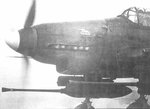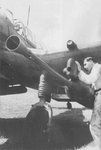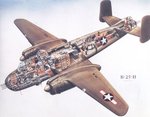Erich
the old Sage
quite a bit actually from what I understand before going over to the Bf 110G which they then shipped out all Do 217's. He then was transferred over as Gruppenkommandeur of II./NJG 5 flying the 110G-4 in which he was killed in a stupid accident. What sucks for me is that his kills confirmation of 12 have fallen off the face of the earth. I can only trace up to 7 right now............anyway I degress as this is a tank busting thread...........yo pass the 3.7cm bitte !









